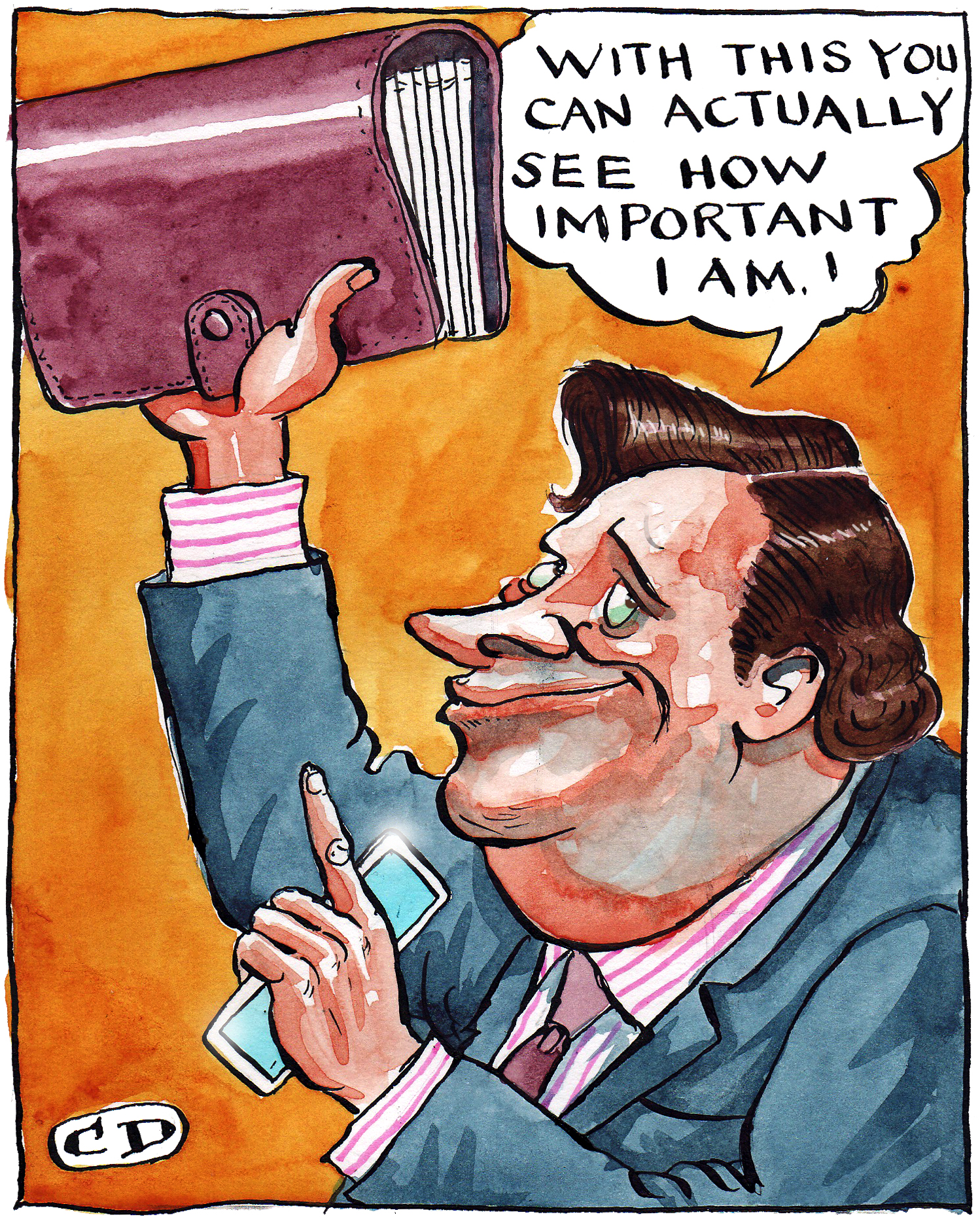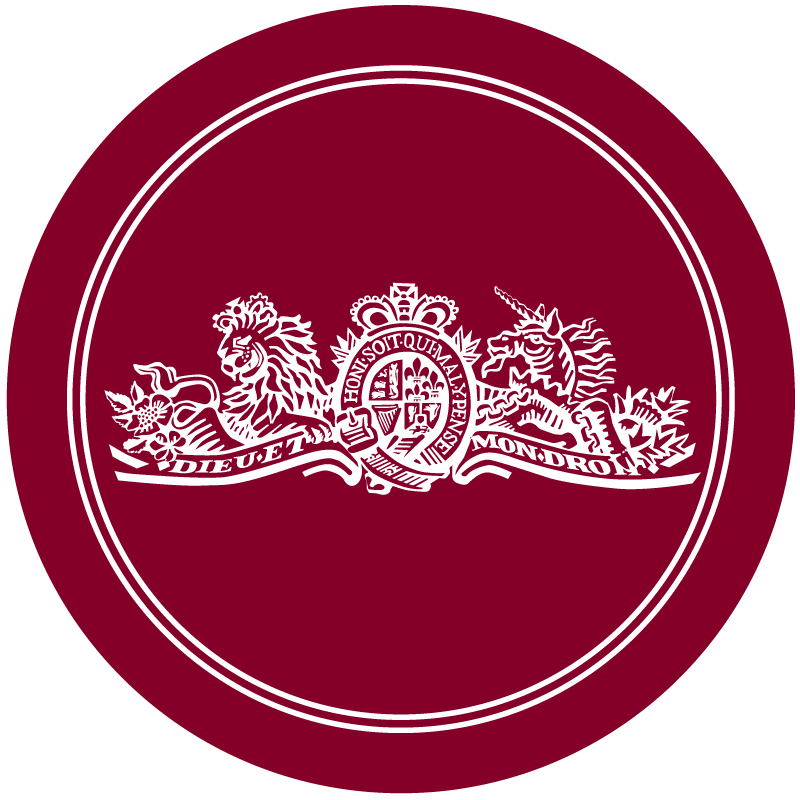Why Paper Diaries Still Hold Their Ground Against Digital Alternatives
Reflecting on my childhood, I can only attribute my affinity for a Filofax at the age of 12 to sheer rebelliousness. In the mid-1980s, these personal organizers were immensely popular, and I wanted to emulate the yuppie culture prevalent in the City, proudly navigating the hallways of my school with a hefty personal agenda clutched in hand.
What captivated me was not just the diary itself, but the myriad of inserts that could be fastened into the leather-bound ring-binder, reminiscent of modern smartphone apps. My Filofax boasted a world map with time zones, a calculator that cleverly doubled as a ruler (a show-off tool during math class), an address book, graph paper, and possibly even a vintage wine chart discussing the drinking readiness of the 1982 burgundy. It’s no wonder I faced some teasing.
In my defense, I wasn’t alone; many peers sported their own Filofaxes. This was during the Thatcher era and the Lawson boom, making the organizers the go-to accessory for budding leaders, even those as young as 12. The brand went public in 1987, shortly after British Airways and before BP, reaching a valuation of £12 million.

However, the landscape changed drastically with Black Monday, followed by innovations like the Psion Series 3, Blackberry, and iPhone. Apps offering maps, contact lists, calculators, and even wine vintage guides replaced the need for a traditional Filofax, making them faster, cheaper, and instantly updatable. By now, one might assume that Filofax faded into obscurity.
Not quite, as Susan Graham, managing director of the parent company, explains: “It really drives me nuts,” she states when I express surprise at their annual sales of approximately 150,000 folders. “We didn’t go away.”
While the brand has not vanished, it is certainly a shadow of its former self, selling around 6.5 million units at its height in 1986. Recently, Filofax launched a new app that aims to secure its relevance: a digital reminder application. This allows Filofax users to continue using their physical diaries while leveraging their smartphones to scan a QR code on their diary pages. This opens the camera, captures a photograph of the calendar entry, and uploads it to the app, although it does not convert handwriting to digital text. Thus, if you’re away from your Filofax but have your phone, you will still receive reminders about upcoming appointments.
Describing this as revolutionary might be an overstatement. It evokes the image of automobile salesmen in the 1920s Detroit suggesting that horses could benefit from being fitted with motorized hooves.
Competing brand Moleskine has offered something similar called Moleskine Smart for years, involving a special pen to digitize handwritten notes. However, the pen is quite costly and relies on Bluetooth technology that may not always be reliable.
Despite these developments, some stationery enthusiasts remain devoted to paper diaries over digital calendars. Personally, I’ve moved away from carrying bulky A-Z reference guides and standalone calculators, but I continue to uphold the tradition of a paper diary. Digital entries simply do not resonate in my memory the way handwritten notes do; even a barely legible scribble prompts me to show up on time, provided I check my diary regularly.
Supporting this preference, a 2021 study by the University of Tokyo examined how participants could remember complex fictional plans recorded in different formats: a smartphone calendar, a digital tablet, or a paper diary. Those who utilized paper diaries not only recorded the appointments faster (11 minutes compared to 16 for smartphone users) but also had improved recall. Neuroscientist Kuniyoshi Sakai concluded, “Our take-home message is to use paper notebooks for information we need to learn or memorize.” He noted that the distinctive strokes and markings made on paper help to embed information in our memory, whereas digital entries often blend into a monotonous format.
The rise in nostalgia for tactile items in our increasingly digital existence highlights a broader truth: people cherish physical objects amid virtual distractions. To maintain its relevance, Filofax must enhance its initial app offering and effectively digitize its physical diaries. While the tangible diary still offers substantial benefits, there are moments when digital alerts can also be advantageous.
If these challenges can be navigated by the brand, there’s potential for longevity. And perhaps other iconic 1980s office items, like rolodexes, might also see a resurgence in popularity.
Harry Wallop is a consumer journalist and broadcaster. Follow him on X @hwallop




Post Comment